Biomechanics for Beginners: Lifting With Your Legs, Not Your Back
Chances are you’ve heard the saying “lift with your legs, not your back” when being instructed to pick something up off the floor. We do this to protect our bodies and avoid the years of lower back pain it inevitably brings. Whether you are working in a warehouse, where your daily routine involves lifting, or one random day at the office you are tasked with lifting a box of printer paper, it is absolutely crucial that you lift with safe mechanics.
What Not To Do
Let’s review what not to do: legs straight, hinging at the hips, arms extended, and rolling up through the lower back. My back hurts just thinking about it! To be fair, it involves less muscles and is inherently easier when we consider the energy we are using to lift up.
The problem lies with the muscles being used and the positioning of our centre of mass. What is the centre of mass you ask? I like to use the analogy of balancing a pencil horizontally on your finger: the centre of mass of the pencil is right where the pencil touches your finger in balance. The human body is a little more complicated, since we come in all shapes and sizes. For biological men, this is found around the chest whereas for biological women, weight is carried lower down near the belly button and hips. When you hinge at the hips, your centre of mass hangs in the air with nothing to support it below. This forces the muscles along your lower back to support your entire upper body, plus whatever weight you are picking up.
The muscles along our lower back are not designed to support our body in this posture. Lower back muscles are important for holding us upright in our regular resting posture. The type of muscle fibers that make up these muscles are designed for endurance, to stabilize us for long periods of time. They are not, however, designed to produce high levels of force. Lifting with your back uses these very important muscles in a way that puts them at extreme jeopardy for being injured. Additionally, our lower back muscles take longer to heal than others since it is difficult to rest them as they are being constantly used when we are sitting or standing upright.
Lifting with our legs offers a much safer way to reach our goals. If we bend down by moving our feet hip-width apart, pushing our hips back, keeping our spine straight, allowing our knees to slowly bring us down, we are not only putting ourselves in a safe lifting position, but we actually are able to lift heavier.
Now if we think about our centre of mass during this motion, it falls directly above our hips, knees, and ankles. No lower back muscles are being strained into holding us up and pulling our upper bodies back to upright position. All of our weight is falling in a stable and balanced line. Our leg muscles do stabilize our joints to an extent, but they are also made up of fibers that are capable of creating large amounts of force. Our quadriceps, hamstrings, and glute muscle groups are much larger than our lower back muscles and can sum to create much more force, therefore lifting heavier loads.
Although it takes slightly more effort to get set up in a proper lifting position, your back will thank you. Every year, more individuals are having to take time off work due to poor lifting mechanics and lower back injuries. Utilizing our strong leg muscles allow us to not only lift more, but also protect our backs!
If you’re suffering from back pain or a recent workplace injury, call us at 780-424-4804 today to start your journey to a happier, healthier lower back. Need help getting started? Our admin team can help you navigate the WCB claim system.
Written By: Ella Selby, Kinesiology Student (Undergrad, Year 4)





